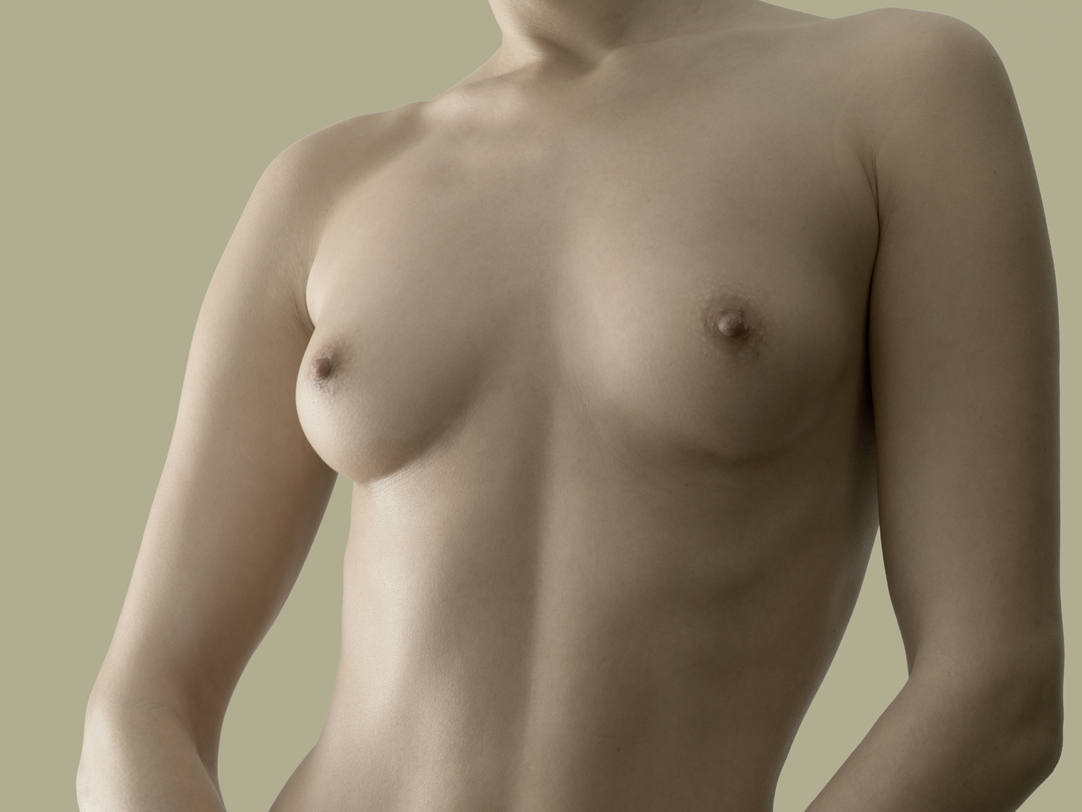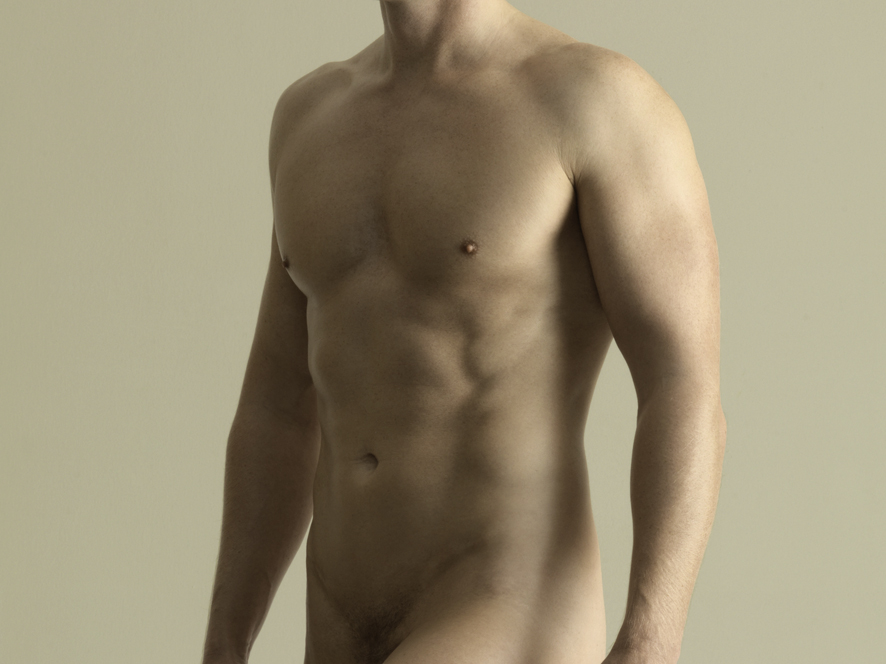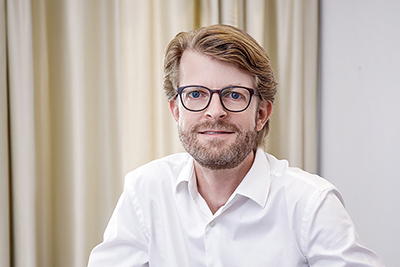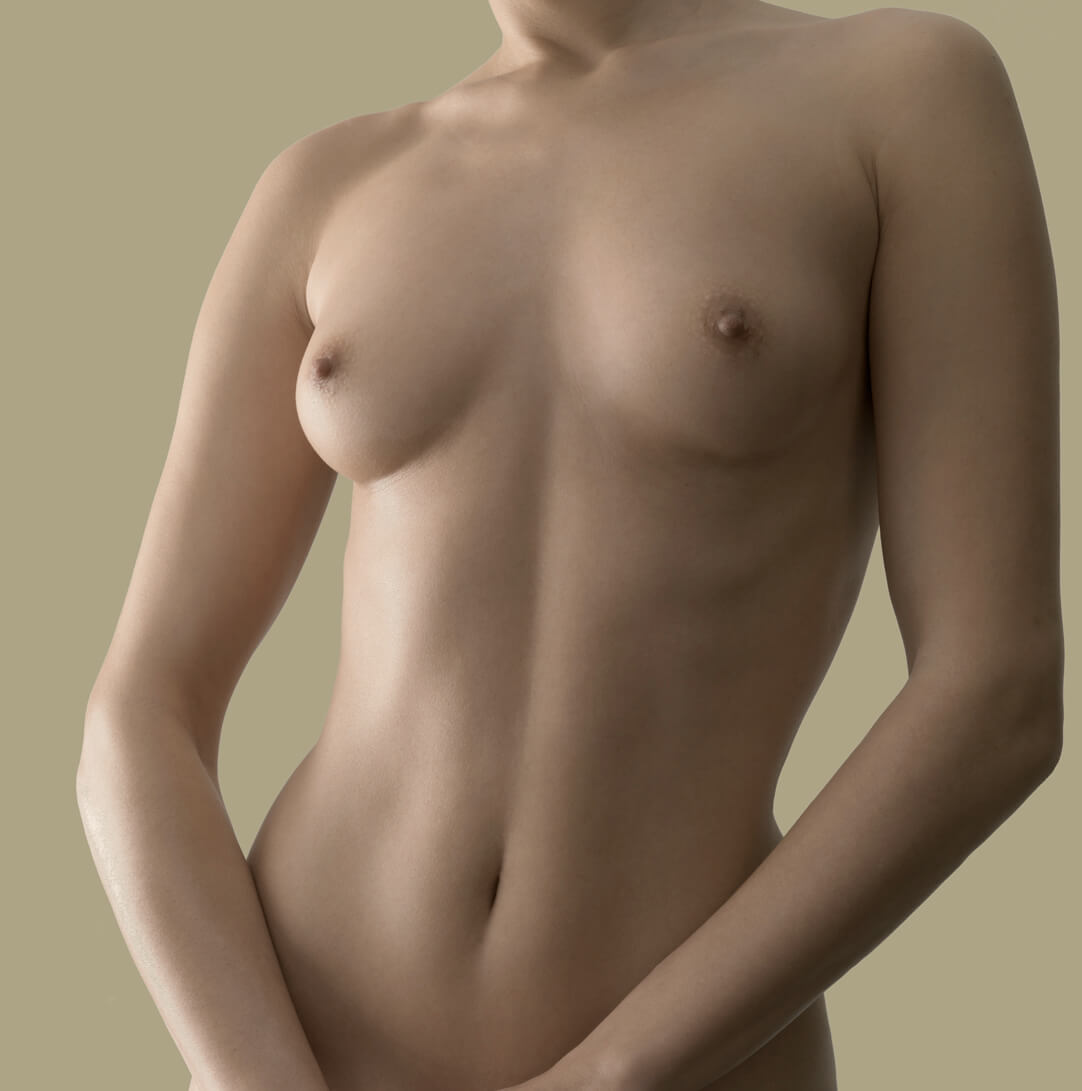
In a brachioplasty, excess skin and fat is removed from the upper arm and the skin tightened. The aging process may cause the formation of loose skin and wrinkles on the upper arms, which is often perceived – particularly by women – as being a nuisance, restricting the choice of clothing. Loose skin on the upper arms may also occur after heavy fluctuations in weight or weight loss, which can lead to wing-like folds of skin in extreme cases. Further, tightening may be useful if the skin has been stretched on the upper arms by excess fatty deposits. Brachioplasty improves overall contour of the arms and often helps to make the choice of clothing easier.

Consultation
A prerequisite to a successful operation is careful planning. This starts with a personal consultation at the AARE KLINIK.
- Communication of wishes and expectations ascertain what you would like to improve.
- Explanation of the possibilities and scope of the operation.
Examination:
- Medical history is taken.
- Physical examination is performed.
- Digital photos are taken.
- The extent of excess skin and stretch marks, pre-existing scars as well as any additional excess fat on the arms is assessed
- Individual factors and personal wishes help in jointly deciding the choice of appropriate surgical technique, the position of incisions and resulting scars.
- Based on this, an individual treatment plan is drawn up and goals of the operation are discussed and defined.
- Risks and possible complications are discussed and documented.
To plan the operation and to make a risk assessment we require:
- Full medical history (pre-existing conditions and previous surgery).
- Current diseases (high blood pressure, diabetes, thyroid dysfunction).
- Allergies or aversion to medications.
- Any important medical reports.
- Please bring any important medical information along to the consultation.
- If you are planning to lose a significant amount of weight in the foreseeable future, this should be considered when planning surgery, since this can significantly alter the outcome. Therefore, it is usually wise to wait for the stabilisation of your weight before having liposuction.
Procedure
In patients with moderate fatty deposits and without excess skin, liposuction is sufficient to obtain a good result. For slight amounts of excess skin near the armpit, horizontal skin tightening can be performed with a small transverse scar under the armpit. In cases where there is moderate to severe excess of skin and where a tightening in the vertical direction is also required, the incision is placed in a longitudinal direction on the inside of the upper arm from the armpit to the elbow. In cases where patients have a large amount of excess skin after massive weight loss and where there is possibly also additional excess fatty tissue, it may be necessary to extend the tightening all the way down to the lateral chest. The exact position of the scar varies between individuals and depends on the preferred style of dress and personal preferences. The advantages of having a better-shaped arm have to be weighed up against the disadvantages of a having a scar of variable length. While transverse scars can be easily concealed under clothes, longitudinal scars are exposed when short-sleeved clothing is worn. Depending on the examination findings, the combination of an upper arm lift with liposuction may be useful in order to obtain an optimum contour.
Brachioplasty is usually undertaken as an outpatient procedure under general anaesthesia at the AARE KLINIK or as part of a short hospital stay. The surgery usually takes around 2 hours. Sometimes drainage tubes are inserted to drain blood and secretion from the wounds at the end of the operation. These are removed after a few days.
Risks
Brachioplasty is a common cosmetic procedure. Complications, such as infection, healing problems or circulatory disorders of the skin are rare when surgery is conducted with the proper procedures. However, in individual cases a prolonged treatment or another operation may be required. Every patient should be informed of all the benefits, risks and possible complications involved.
Minor complications and side effects that usually resolve spontaneously include: bruising (hematoma), wound fluid accumulation (seroma) and swelling. Severe hematoma or seroma may require surgical evacuation to prevent further complications, such as delayed healing and infection. Some numbness of the upper and lower arm is common after brachioplasty, but is usually temporary and improves with time.
The risk of severe complications such as circulatory disorders of the upper arm skin and wound healing problems along the suture lines is increased in smokers or patients with chronic diseases, such as diabetes. Combined interventions also increase the risk of complications.
General risks
- Haematoma (bruising), bleeding and swelling
- Seroma (accumulation of wound fluid)
- Healing problems or infection
- Wound breakdown/dehiscence (separation of wound edges)
- Injury of nerves or vessels
- Numbness in area of operation (temporary or permanent)
- Circulatory problem in the upper arm skin (skin slough)
- Slight asymmetry
- Unsatisfactory aesthetic result
- Secondary surgery
- Thrombosis or embolism
Overall brachioplasty is a safe procedure when undertaken by an experienced plastic surgeon and patients are mostly satisfied with the results. You can help to minimise the risks by following the advice of your surgeon.
Preparation
Our aim is to make the time before and after your surgery as comfortable as possible. By following a few recommendations you can support our care:
- To aid the healing process, avoid smoking for two weeks before and after the operation.
- Avoid medications that increase the risk of bleeding, like aspirin, non-steroidal anti-inflammatory drugs, as well as vitamins and homeopathic remedies for two weeks prior to the operation.
- Brachioplasty is mostly performed as an outpatient procedure under local anaesthesia with sedation (‘twilight anaesthesia’) or general anaesthesia. Make sure that you can be collected and cared for by someone for 24 hours after the procedure.
- In some cases it may be recommended to stay overnight as an inpatient in hospital.
Day of surgery
In most cases, brachioplasty is performed under general anaesthesia as an outpatient procedure or with an over-night stay at the AARE KLINIK. In individual cases, when necessary, the procedure can be undertaken in an affiliated private hospital.
- During surgery you will receive various medications for your wellbeing.
- Usually brachioplasty is performed under general anaesthesia.
- For your safety, your heart rate, blood pressure, oxygen supply etc. are monitored during the operation.
- After the operation, drains may be inserted to prevent the accumulation of blood and serous fluid in the wound.
- The wound is dressed and a compression bandage is applied to protect the wound and to reduce the swelling.
- You will be taken to the recovery room, where you will have continued monitoring until you awaken and are able to get up.
- You will be allowed to return home after a few hours.
- If you are an inpatient, you will remain in hospital under surveillance until the following day.
- Already on the day of the surgery you should get up regularly for a few minutes in order to minimise the risk of thrombosis.
- The level of pain after a brachioplasty usually not severe and can be compared with muscle soreness.
- You are advised to take mild pain relief that reduces swelling and should be continued for several days after surgery.
- In case of an ambulatory procedure, you should have someone to care for you continuously for 24 hours postoperative.
- We also provide the option of an over-night inpatient stay at the AARE KLINIK in a single room with a personal nurse care, if needed.
After surgery
- It is important to realise that recovery from an operation varies for every individual.
- In the first days after an arm surgery, you should not raise your arms above shoulder height, and do not lift heavy objects.
- As a rule, you need to sleep on your back with your arms slightly raised for a few days.
- Only take the prescribed painkillers and avoid any medication that contains aspirin or other blood-thinning substances.
- Wear the special compression sleeves continuously day and night for a total period of 4–6 weeks.
- In the first 5–7 days after the procedure, a feeling of tension and light pain will be felt in the region of the surgery.
- A feeling of numbness in the region of surgery and tingling in the hands is normal and is usually temporary. However, it may take weeks or months, in some cases even longer to return to feeling completely normal.
- Slight swelling and bruising in the area of surgery usually subsides within 2–3 weeks.
- Typically you will be back on your feet a couple of days after surgery and be able to resume your daily activities.
- Drains are removed in the first days after the operation, after which you can take showers again.
- Full baths and excessive heat (e.g. sauna), however should be avoided for several weeks until swelling has receded.
- Most sutures will dissolve by themselves and do not need to be removed.
- Non-dissolvable sutures are removed after one week.
- You will probably be able to start work again a few days after surgery depending on the kind of activities required in your job.
- After removal of the sutures, we recommend the start of an intensive skin and scar care with rehydrating creams and light massage.
- In individual cases it may be useful to have special treatment with silicone gel or silicone pads over a period of 2–3 months.
- The fresh scars should be protected from UV radiation for at least six months, in order to prevent increased pigmentation.
- Activities that require prolonged sitting can usually be resumed after 2–3 weeks.
- Physically demanding activities and sport should be avoided for several weeks.
- After surgery you will be examined at the AARE KLINIK at regular intervals, so that the healing process can be assessed until the final result is achieved.
Outcome
- Arms and hands might be swollen for some time after surgery. It may take several weeks until the bruising and swelling disappears.
- Scars might be a bit red for several months or appear pigmented, but this will fade with time until the scars and are barely visible.
- Depending on individual preference, scars can be positioned where they are well hidden if the arms are in a lowered position, or else they can be placed at the back of the arm, where they are less visible from the front.
- Arm surgery improves the contour of the upper arms and leads to tighter and often slimmer upper arms.
- In this way, the patient’s self-esteem can be improved and the choice of clothing can be broadened.
- The result of arm surgery is usually long lasting. However, the aging process and weight fluctuations affect the firmness of the skin and the volume of the upper arms.
- If you are dissatisfied with the shape of the upper arms after a few years, arm surgery may be repeated.
Costs
Brachioplasty is undertaken in order to improve appearance, making it an aesthetic procedure, in which case the costs have to be carried by the patient. In exceptional cases, especially after massive weight loss, where there is functional impairment, the surgical correction is medically indicated. In these cases, the treatment costs may be covered by health insurance after a prior cost estimation is given. The decision for, or against reimbursement depends on the recommendation of the medical officer in each individual case.
The costs of an aesthetically motivated brachioplasty are variable and mainly depend on the complexity of the operation and the facility in which the surgery is performed (hospital or AARE KLINIK). A more accurate cost estimate can therefore be made only after a personal consultation.
The costs are composed of:
- Surgical fee (including consultation and post-operative care)
- Anaesthesia fee
- Technical infrastructure costs (AARE KLINIK/hospital)
- Inpatient hospital costs
- Compression sleeves
- Medication
- Diagnostics (laboratory, ECG, scans, etc.)
Meet PD Dr. med. Oliver Scheufler

PD Dr. Oliver Scheufler, board certified plastic, reconstructive and aesthetic surgeon and author of this website, is pleased to be at your service for a personal consultation. Besides his main occupation at the AARE KLINIK, Dr. Scheufler is also scientifically active and lectures at the University of Basel. He also was a visiting professor at Duke University (USA). Please do not hesitate to contact him if you wish a professional consultation!



